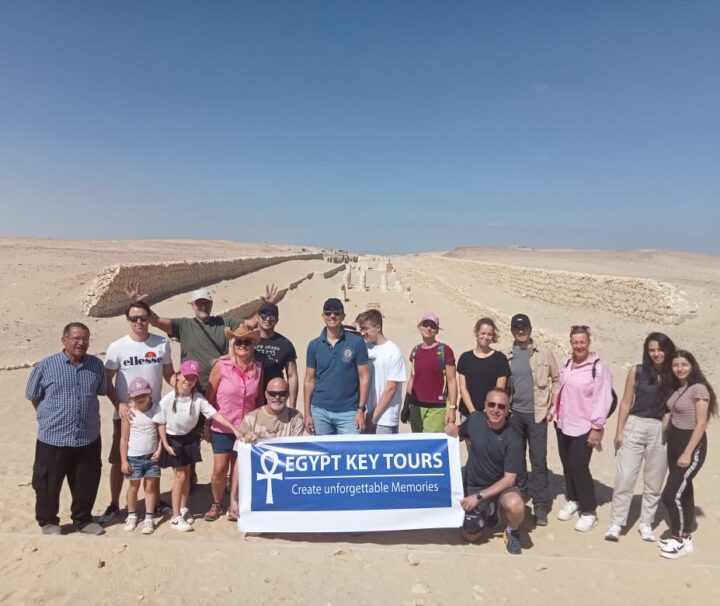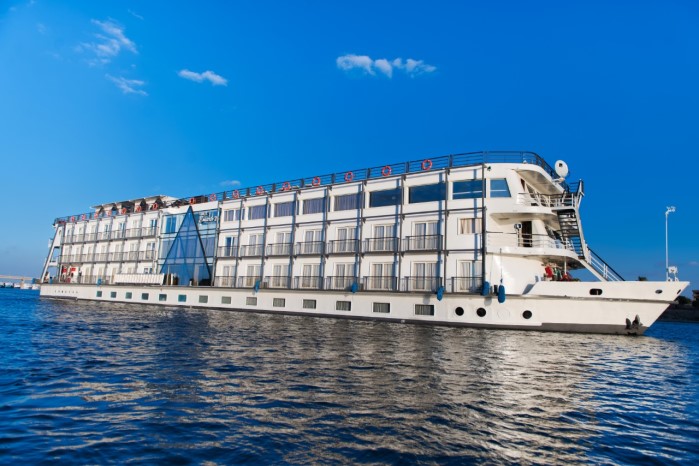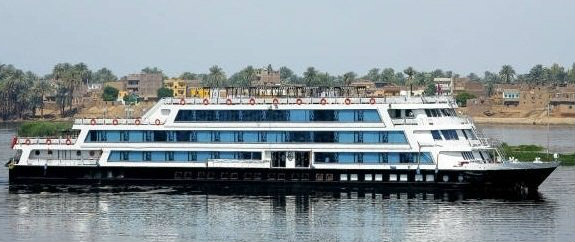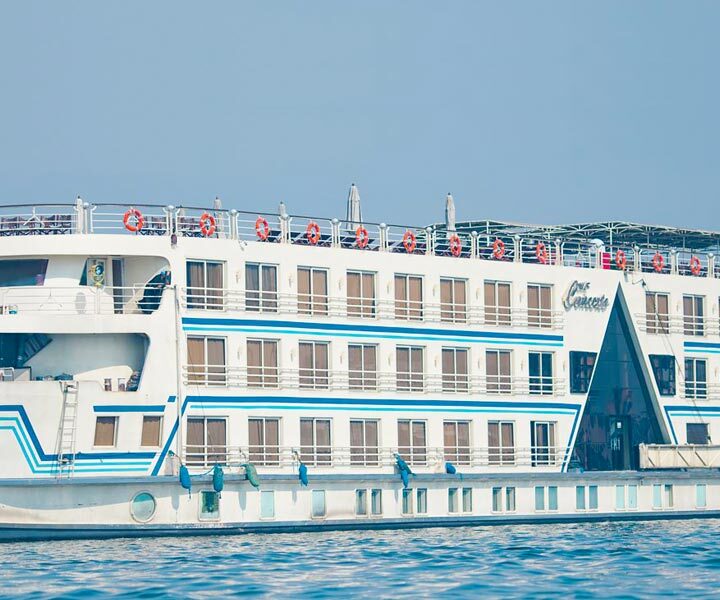Edfu
The town of Edfu, on the west bank of the Nile 56km south of Esna and 105km north of Aswan, is today an important centre for sugar production and pottery-making. The modern town derives its name from the ancient Egyptian Djeba which was established on a mound on the east bank. The site of Edfu Tell was known as Wetjeset-hor (classical name Apollinopolis Magna), the place where the god Horus was worshipped and where the battle between Horus and his traditional enemy Seth in ancient mythology took place. The main monument at Edfu is the Ptolemaic Temple of Horus of Behdet on the edge of the town. Even though it was well covered by desert sand and human settlement debris, Edfu temple was visited by many early travellers. The sand has helped to preserve the building which was found to be almost completely intact when it was first cleared and excavated by Auguste Mariette in the 1860s.
The Temple of Horus at Edfu is the most well-preserved and the only one we know to have been completed. Built from sandstone blocks the huge Ptolemaic temple was constructed over the site of a smaller earlier temple, oriented east to west, towards the river.
The Temple of Horus at Edfu is widely considered to be the most impressive of all of the Nile-side temples along the journey between Luxor and Aswan. It is a required stop by all of the cruise ships that make the trip,





